A Pinterest Holiday Strategy: 2025
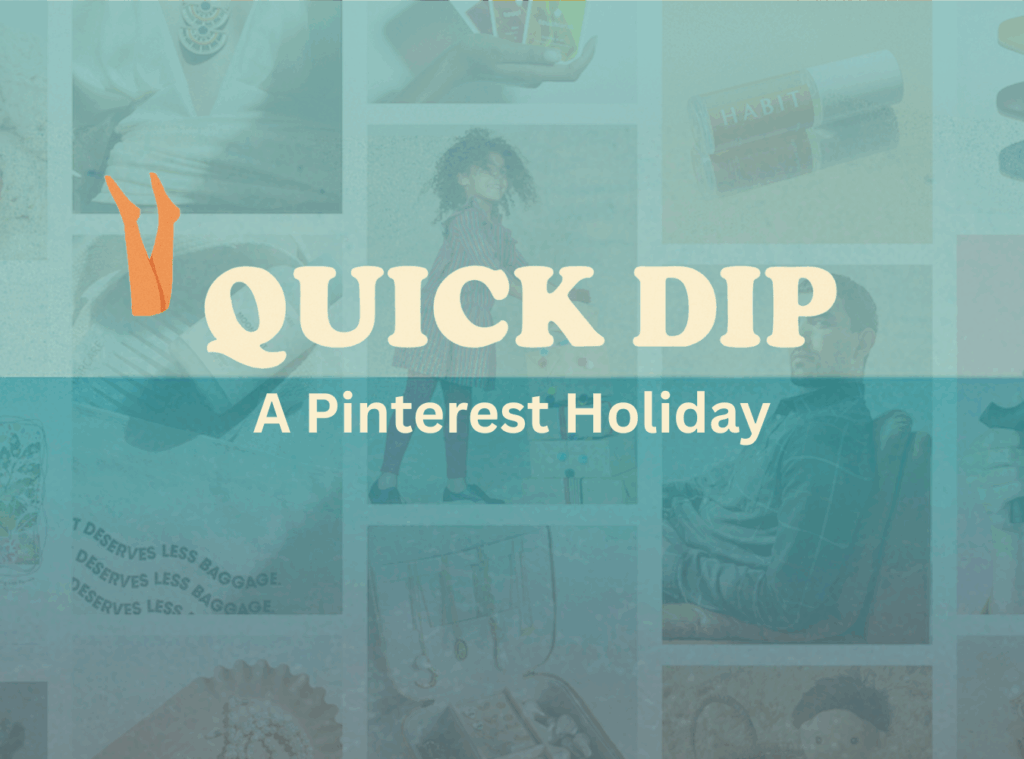
Holiday feeds get noisy; Pinterest stays useful. People open it to plan and decide—then buy. Treat it like lower-funnel social search: get your catalog clean, publish decision-aid Pins, and let automation and Promotions do the heavy lifting, with Trend Badges extending shelf life where it fits. The platform’s latest holiday report backs this up with […]
TL;DR: Aesthetics Predict Power
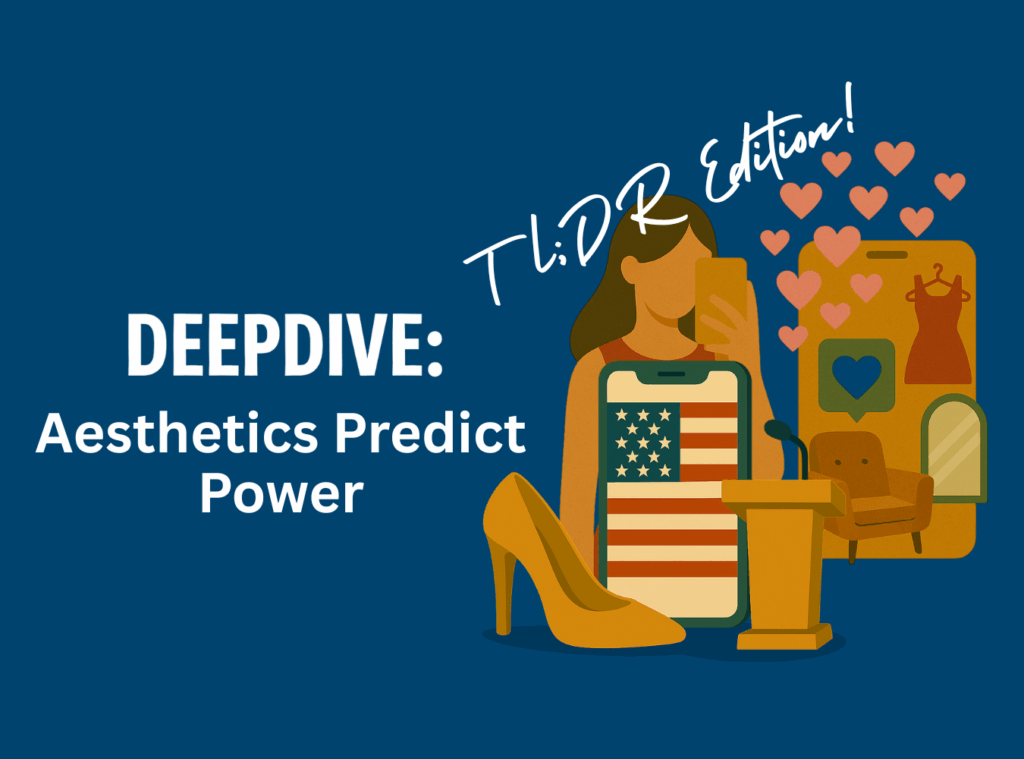
Do you want to dive deeper into this topic? Check out the full article here! How Social Media Trends Have Foreshadowed Every U.S. Presidential Win Since 2016 Over the past decade, presidential outcomes in the U.S. have been preceded—often eerily—by shifts in visual culture. Across TikTok, Pinterest, and Instagram, style trends in fashion and home […]
Trending Rx
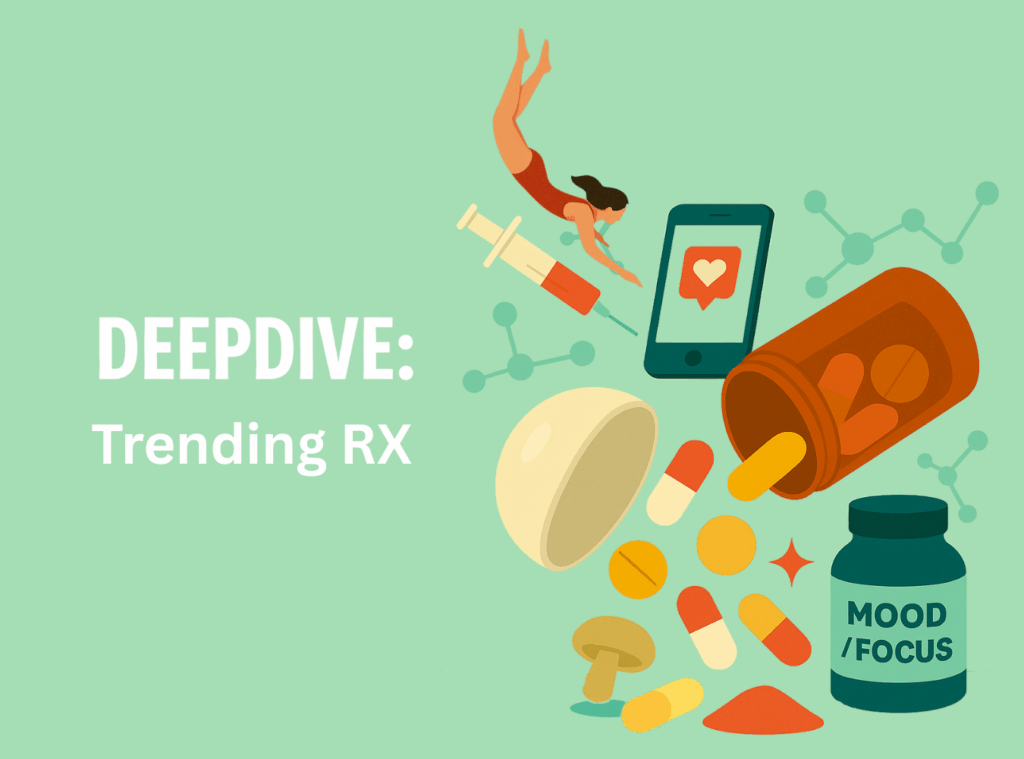
How Biohacking, Supplements, and Social Media Are Rewriting the Rules of Pharma. From weight-loss injections to mushroom powders, social platforms are blurring the line between wellness and medicine. What began with DTC prescription brands has evolved into a biohacking culture that markets mood, metabolism, and mental clarity like consumer products. The Prescription Aesthetic Is No […]
Luxury Diapers & the Rise of Influencer Parenting
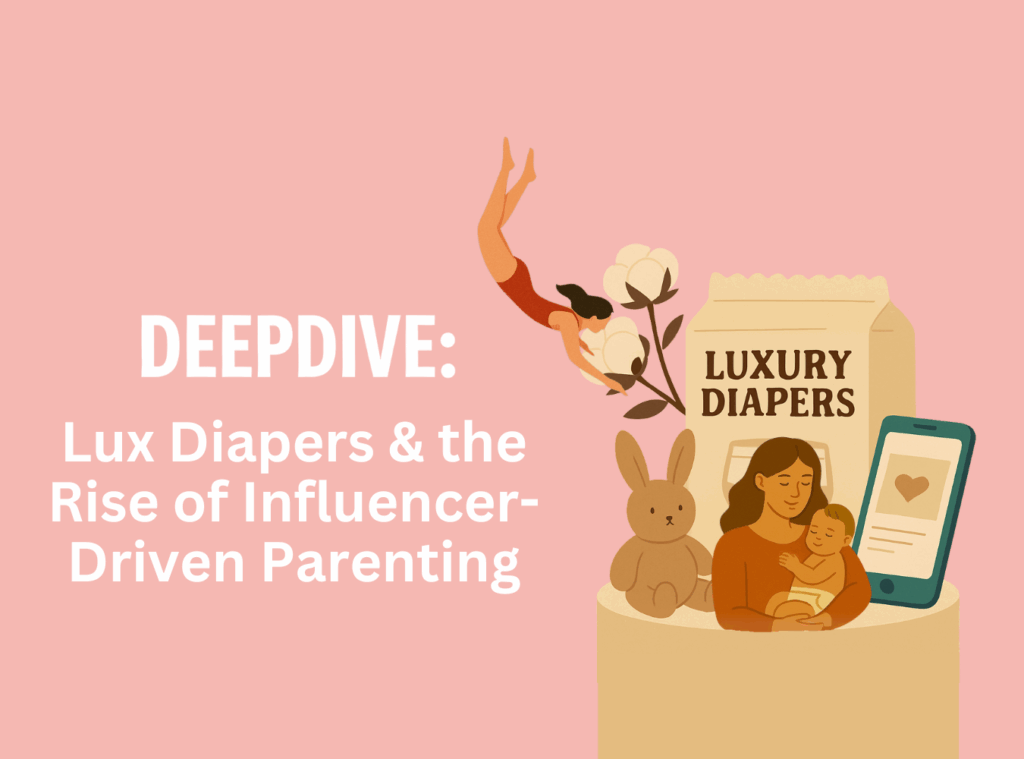
The New Status Symbol: Clean, Soft, and Instagram-Worthy Diapers have always been a necessity. Yet in recent years, they have begun to take on a new role in parenting culture. What was once a utilitarian purchase is now becoming a lifestyle choice that signals values like sustainability, softness, safety, and even design sensibility. Luxury diaper […]
AI Slop: When the Internet Drowns in Synthetic Junk
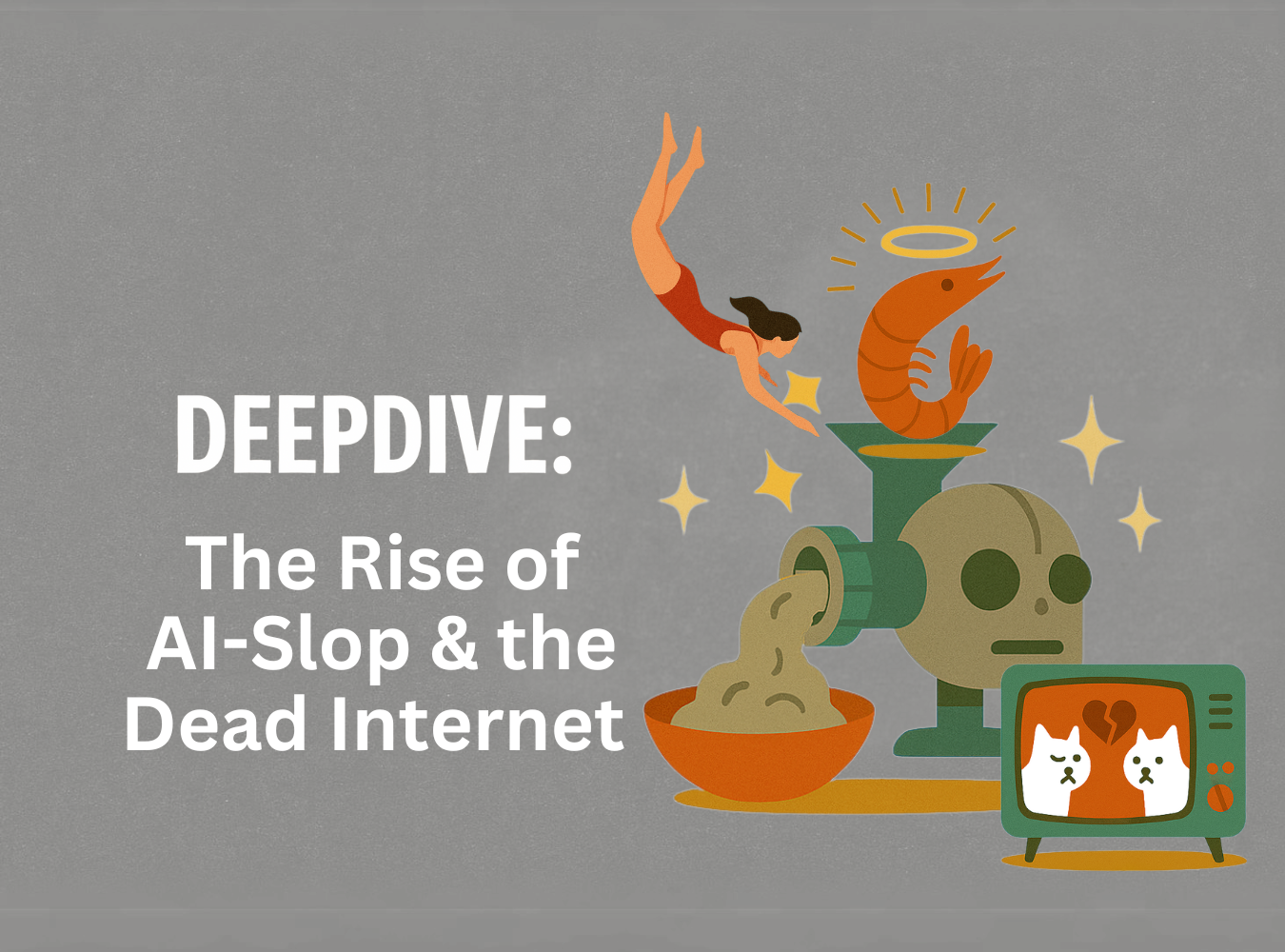
Shrimp Jesus, Cat Soap Operas, and “Great Photography”. The internet has always had a spam problem, but 2024–2025 introduced a new flavor: AI Slop. Critics and users alike are using this term to describe the tidal wave of low-effort, mass-produced AI content now clogging feeds across Facebook, YouTube, and beyond. The problem isn’t just quantity. It’s […]
Sinners: How the Film Became a Social Media Case Study
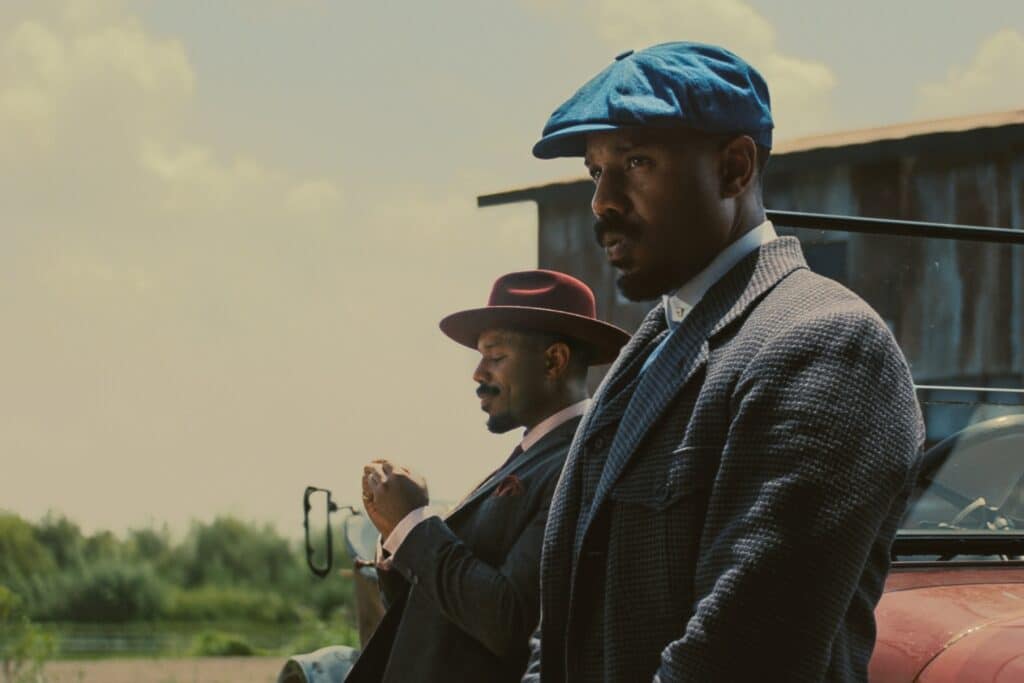
Guest post by Colleen Scott, Senior Social Media Strategist at ListenFirst High engagement, polarizing reactions, and a platform-shaping rollout define the cultural moment around Sinners. A breakout film doesn’t just live in theaters anymore; it lives in feeds. In the months following its release, Sinners emerges not only as a cinematic event but as a […]
